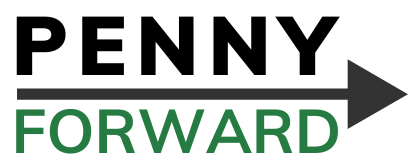With various reports of data breaches involving Social Security numbers in the media, we’d like to remind you about the importance of protecting your personal information. Someone illegally using your Social Security number (SSN) and possibly assuming your identity can cause many problems.
What to do if you suspect your Social Security number has been stolen
Identity thieves can use your SSN and other personal information to apply for loans and credit cards and open cellphone and utility accounts in your name. If you believe your information has been stolen and you may be a victim of identity theft, you can:
- Visit IdentityTheft.gov to make a report and get a recovery plan. IdentityTheft.gov is a one-stop resource managed by the Federal Trade Commission, the nation’s consumer protection agency. Or you can call 1-877-IDTHEFT (1-877-438-4338).
- File a police report and keep a copy for your records in case problems arise in the future.
- File an online report with the Internet Crime Complaint Center (IC3) at ic3.gov. Its mission is to receive, develop, and refer cybercrime complaints to law enforcement and regulatory agencies.
- Notify 1 of the 3 major credit bureaus and consider adding a credit freeze, fraud alert, or both to your credit report. The company you call is required to contact the others.
- Equifax at 1-800-525-6285.
- Experian at 1-888-397-3742.
- TransUnion at 1-800-680-7289.
- Regularly check your credit report for anything unusual. Free credit reports are available online at AnnualCreditReport.com.
- Contact the IRS to prevent someone else from using your Social Security number to file a tax return to receive your refund. Visit Identity Theft Central or call 1-800-908-4490.
To learn more, read our blog, Protect Yourself from Identity Thieves, and our Identity Theft and Your Social Security Number publication.
What else can you do to protect yourself
Create or sign in to your personal my Social Security account to check for any suspicious activity. If you have not yet applied for benefits:
- You should not find any benefit payment amounts, and you should be able to access your Social Security Statement and view future benefit estimates.
- Review your Statement to verify the accuracy of the earnings posted to your record to make sure no one else is using your Social Security number to work.
If you receive benefits, you can add blocks to your personal my Social Security account:
- The eServices block prevents anyone, including you, from viewing or changing your personal information online.
- The Direct Deposit Fraud Prevention block prevents anyone, including you, from enrolling in direct deposit or changing your address or direct deposit information through my Social Security or a financial institution (via auto-enrollment).
You’ll need to contact us to make changes or remove the blocks.
Other ways to safeguard your information
- Don’t carry your Social Security card with you. Keep it at home in a safe place. Be careful about who you give your number to.
- Change your passwords regularly and use a unique password for each account to prevent hackers from accessing multiple accounts if one password is stolen.
- Add an extra layer of security to your online accounts by using multi-factor authentication, which is a sign-in process that requires a password plus additional information.
- Be wary of scammers pretending to be Social Security employees. If you get a suspicious call, text, or email about a problem with your Social Security number or account, ignore it, hang up, and don’t respond! To report the scam and to learn more, visit Protect Yourself From Scams.
You’ll find more tips at our Fraud Prevention and Reporting page.

Leave a Reply